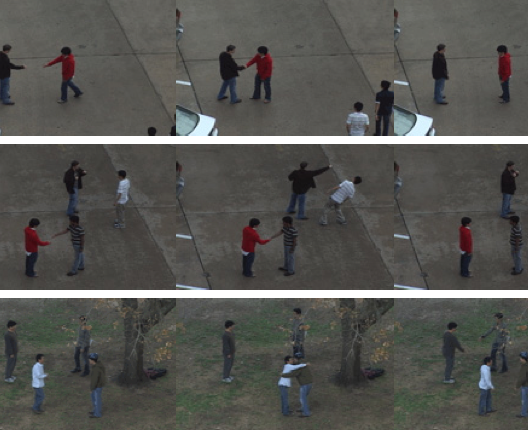Computer Vision has graduated from a research tool in early 1960s to a mature discipline today. The developments in cameras, computers and memory have contributed in part to this maturing of computer vision. Namely, there is an explosive growth in the number of cameras in public places, the speed of computers has increased significantly and the price of memory has spectacularly decreased. The word camera may be used in a very broad sense since the imaging modalities range from the usual cameras imaging a visual intensity image to thermal image and laser range image. In addition, several applications of computer vision technology are contributing to the solution of a diverse set of societal problems.

Human activities
At The University of Texas at Austin, we are pursuing a number of projects on human activity understanding and face/emotion recognition. Professor Aggarwal will present his research on modeling and recognition of actions and interactions, and human and object interactions. The
object may be a piece of luggage, a car or an unmovable object like a fence. The applications considered include monitoring of: human activities in public places, identification of abandoned baggage and face and emotion recognition. The issues considered in these problems will illustrate the richness of ideas involved and the difficulties associated with understanding human activities. Application of the above research to monitoring and surveillance will be discussed together with actual examples and their solutions.